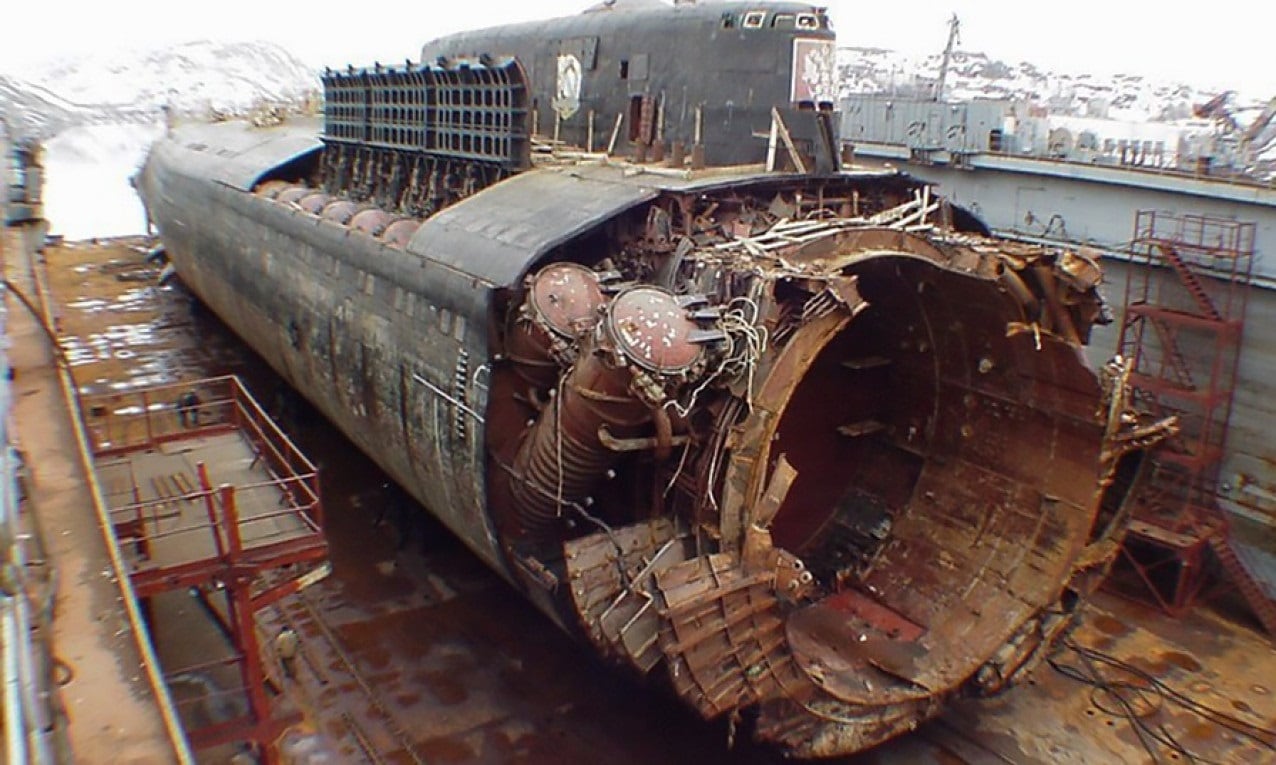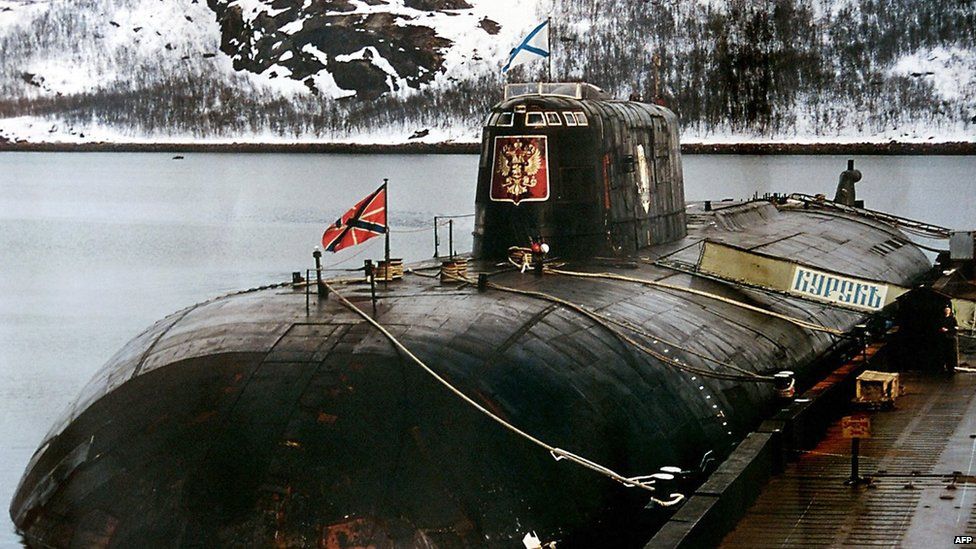The Kursk Region and the War’s Impact

The Kursk region, located in southwestern Russia, has a long and storied history, playing a pivotal role in shaping the course of Russian history. Its strategic location, situated near the border with Ukraine, has made it a focal point of the ongoing conflict, significantly impacting its economy, infrastructure, and the lives of its inhabitants.
Historical Significance
The Kursk region boasts a rich history, marked by its strategic importance in past conflicts. Notably, the Battle of Kursk, a pivotal clash between the Soviet Union and Nazi Germany during World War II, took place in this region. The battle, fought in 1943, marked a turning point in the war, halting the German advance and marking the beginning of their eventual defeat.
Strategic Importance in the Current Conflict, Russian ukraine war kursk
The Kursk region’s strategic importance in the current conflict stems from its proximity to the Ukrainian border and its key infrastructure, including railways and roads that connect Russia to Crimea. This strategic position has made the region a target for Ukrainian forces, who have conducted attacks on Russian military installations and infrastructure in the region. The region is also a vital supply route for Russian forces operating in eastern Ukraine, making it a crucial target for Ukrainian attacks.
Impact on the Economy and Infrastructure
The war has had a significant impact on the economy and infrastructure of the Kursk region. The conflict has disrupted supply chains, hindered trade, and led to a decline in economic activity. The region’s agricultural sector, a major contributor to its economy, has been affected by the war, with disruptions in farming activities and access to markets. The war has also damaged infrastructure, including roads, bridges, and railways, impacting transportation and connectivity.
Humanitarian Situation
The humanitarian situation in the Kursk region is complex, with displacement and civilian casualties impacting the lives of residents. While the region has not experienced the same level of intense fighting as other areas in Ukraine, the conflict’s proximity has led to a surge in refugees from neighboring regions. The influx of displaced persons has strained resources and infrastructure, placing a burden on local authorities and humanitarian organizations.
Military Operations and Key Battles: Russian Ukraine War Kursk

The Kursk region, located in western Russia, has been a key battleground in the ongoing conflict between Russia and Ukraine. While not a focal point of major offensives, the region has witnessed significant military operations and skirmishes, impacting the broader conflict’s dynamics.
Key Battles and Skirmishes
The Kursk region has seen several key battles and skirmishes, with varying degrees of significance and outcomes. Here are some notable examples:
- Battle of Kharkiv (February-May 2022): The initial Russian offensive towards Kharkiv, a major Ukrainian city, involved operations in the northern part of the Kursk region. Russian forces faced stiff Ukrainian resistance and ultimately failed to capture Kharkiv. This battle demonstrated the effectiveness of Ukrainian defenses and the challenges Russia faced in achieving its initial objectives.
- Battle of Izium (April-July 2022): The capture of Izium, a strategic city in the eastern Ukrainian region of Donbas, by Russian forces involved operations in the southern part of the Kursk region. This battle marked a significant advance for Russian forces and allowed them to control a crucial logistics hub, enabling further offensives in the Donbas.
- Skirmishes along the Border: Throughout the conflict, there have been numerous skirmishes along the border between Russia and Ukraine, involving artillery shelling and border patrols. These skirmishes, while often localized, serve as a constant reminder of the ongoing tension and potential for escalation in the region.
Tactics and Strategies
Both sides have employed various tactics and strategies in the Kursk region, adapting to the evolving battlefield conditions.
- Russian Tactics: The Russian military has primarily focused on a combination of artillery bombardments, combined arms assaults, and the use of air power. They have also employed a significant number of troops, including conscripts, in their operations.
- Ukrainian Tactics: Ukrainian forces have utilized a combination of defensive fortifications, mobile warfare, and the use of Western-supplied weapons, including anti-tank missiles and drones. They have also demonstrated a high level of adaptability and resilience, effectively slowing down Russian advances and inflicting significant losses.
Military Equipment and Weapons
The Kursk region has seen the deployment of various types of military equipment and weapons by both sides, reflecting the technological advancements and capabilities of modern warfare.
- Russian Equipment: Russian forces have deployed a wide range of equipment, including tanks (T-72, T-80, T-90), armored personnel carriers (BMP-3), artillery systems (Msta-S, 2S19), and aircraft (Su-34, Su-35, MiG-31).
- Ukrainian Equipment: Ukrainian forces have primarily relied on Soviet-era equipment, including tanks (T-64, T-72), armored personnel carriers (BTR-80), and artillery systems (D-30). They have also received significant quantities of Western-supplied equipment, including anti-tank missiles (Javelin, NLAW), drones (Bayraktar TB2), and artillery systems (M777).
International Response and Diplomacy

The war in the Kursk region has sparked a significant international response, with nations and organizations expressing their condemnation of Russia’s actions and offering various forms of support to Ukraine. The conflict has also triggered a complex diplomatic landscape, with efforts to resolve the crisis and mitigate the humanitarian consequences.
International Sanctions
The international community has imposed a wide range of sanctions on Russia in response to its invasion of Ukraine. These sanctions target various sectors of the Russian economy, including finance, energy, and technology, aiming to exert pressure on the Russian government to end its military operations.
- The European Union, the United States, and their allies have imposed financial sanctions, including freezing the assets of Russian banks and individuals. These measures aim to cripple the Russian financial system and hinder its ability to finance the war effort.
- Sanctions have also been imposed on key Russian industries, such as energy, technology, and defense. These measures aim to disrupt Russia’s supply chains and limit its access to vital resources.
- Export controls have been implemented to restrict the flow of goods and technologies to Russia, further impacting its economic capabilities and military operations.
Russian ukraine war kursk – The Kursk submarine disaster was a dark chapter in the Russian Navy’s history, but it’s a different kind of tension that’s gripping the nation now. The war in Ukraine has everyone on edge, and I reckon it’s got people wondering about a bit of good luck, like who won the Powerball jackpot.
What state won the powerball is a question on everyone’s mind, but the focus remains on the war in Ukraine, a conflict that’s impacting the world in ways we’re only starting to understand.
The Kursk submarine tragedy was a grim reminder of the human cost of conflict. It’s hard to believe that while those events unfolded, someone somewhere was celebrating a massive Powerball win, where was powerball won last night. The world keeps turning, even amidst the darkest times, and the contrast between those two realities is a stark reminder of life’s ironies.
